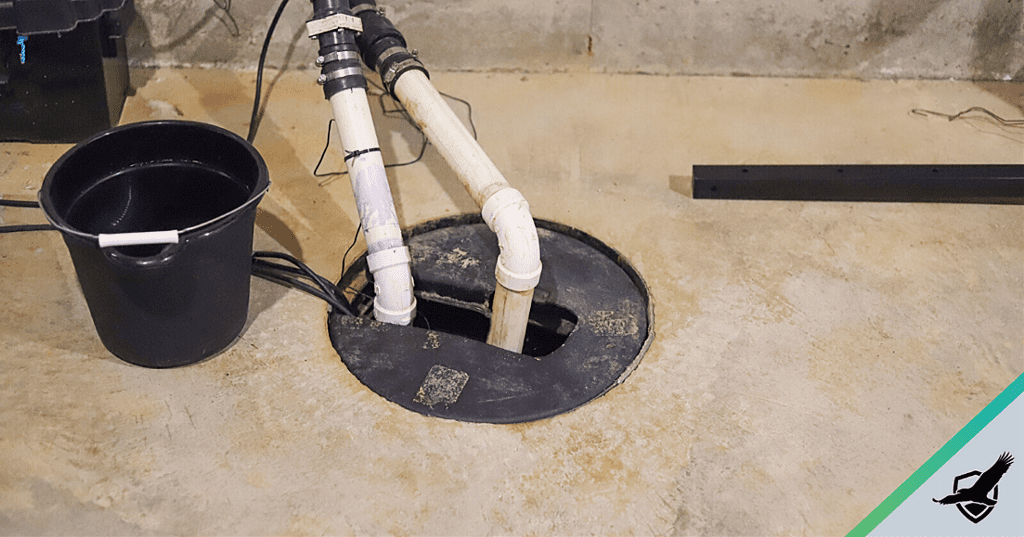Messy Basement Sump Pump Disasters You Need to Prevent

Whether you have a crawlspace or a basement, sump pump disasters are no laughing matter. When things go wrong, you could face heavy damage or mold and mildew.
Like any system in your home, your sump pump can suddenly quit on you. Here are some common sump pump failures and ways to prevent them from turning into disasters.
Water Damage and Sump Pumps
A sump pump could help if your crawlspace or basement is prone to flooding. With a sump pump, any water in your basement drains into a sump pit. The pump activates and begins pushing water away from your home through a drain pipe.
This is the way things should work, but sometimes they don’t. So, what can go wrong?
Electrical Failure
Most sump pumps run on regular household current. If the power goes out, your sump pump won’t work, which could cause big problems during a strong storm.
How do you get around this problem? Install a combination sump pump that includes a battery-operated backup system, or purchase a separate battery backup pump to support the pump you already have.
Too Much Water
Sump pumps are rated by horsepower (HP) and by how many gallons per hour (GPH) of water they can move. How much power you need depends on where you live and the size of your basement or crawlspace.
A large home in a dry region probably won’t need the same pump as a small home in an area with heavy flooding. You should choose a sump pump strong enough to handle the workload. If your pump can’t keep up with the amount of water, you risk
having a flooded basement.
Clogged Drain Pipe
When your sump pump works properly, water gets pushed through a pipe and away from your home. For an average pump, that’s between 3,500 and 4,000 GPH.
If the drain pipe clogs up or freezes, water has nowhere to go except back into your basement. To prevent this from happening, cover your drain pipe with a grate to keep debris and small animals out.
Use an insulating wrap or heat tape to limit freezing. If your pipe freezes, use a hair dryer or space heater to thaw the ice.
Worn Out Pump
Like any mechanical item, a sump pump eventually wears out. Think about replacing your pump if it makes weird noises, turns on and off for no reason, or is more than 7 to 10 years old.
Improper Maintenance
Just like your heating system or roof, a sump pump requires regular maintenance. You can do some of it on your own.
As you work through your quarterly home maintenance list:
Check your sump pit for debris.Clean your drain pipe.Make sure hose connections are secure.Inspect the power cord for damage, kinks, or fraying.
Indiana Foundation Service recommends an annual service visit from a professional to clean and check the moving parts of
the pump, test batteries, and look for potential issues.
It’s Worth the Investment
A sump pump is a solid investment. According to Home Advisor, the national average for installing a new sump pump
is almost $1,200, and the cost to replace an existing pump is in the $450 to $550 range.
Those prices can vary quite a bit depending on labor rates, geography, and the type of pump you buy. Pumps themselves can range from as little as $50 to as much as $3,000. Even if you pay for an expensive installation, it’s better than dealing with
the cost and frustration of a flooded basement.
A small amount of water can lead to problems with mold, some species of termites, and rotting wood. You can potentially avoid these issues with a sump pump.
We have home insurance that can cover the cost of water back-ups and equipment breakdowns! Get in touch with your local, licensed Pekin Insurance agent for more details.







